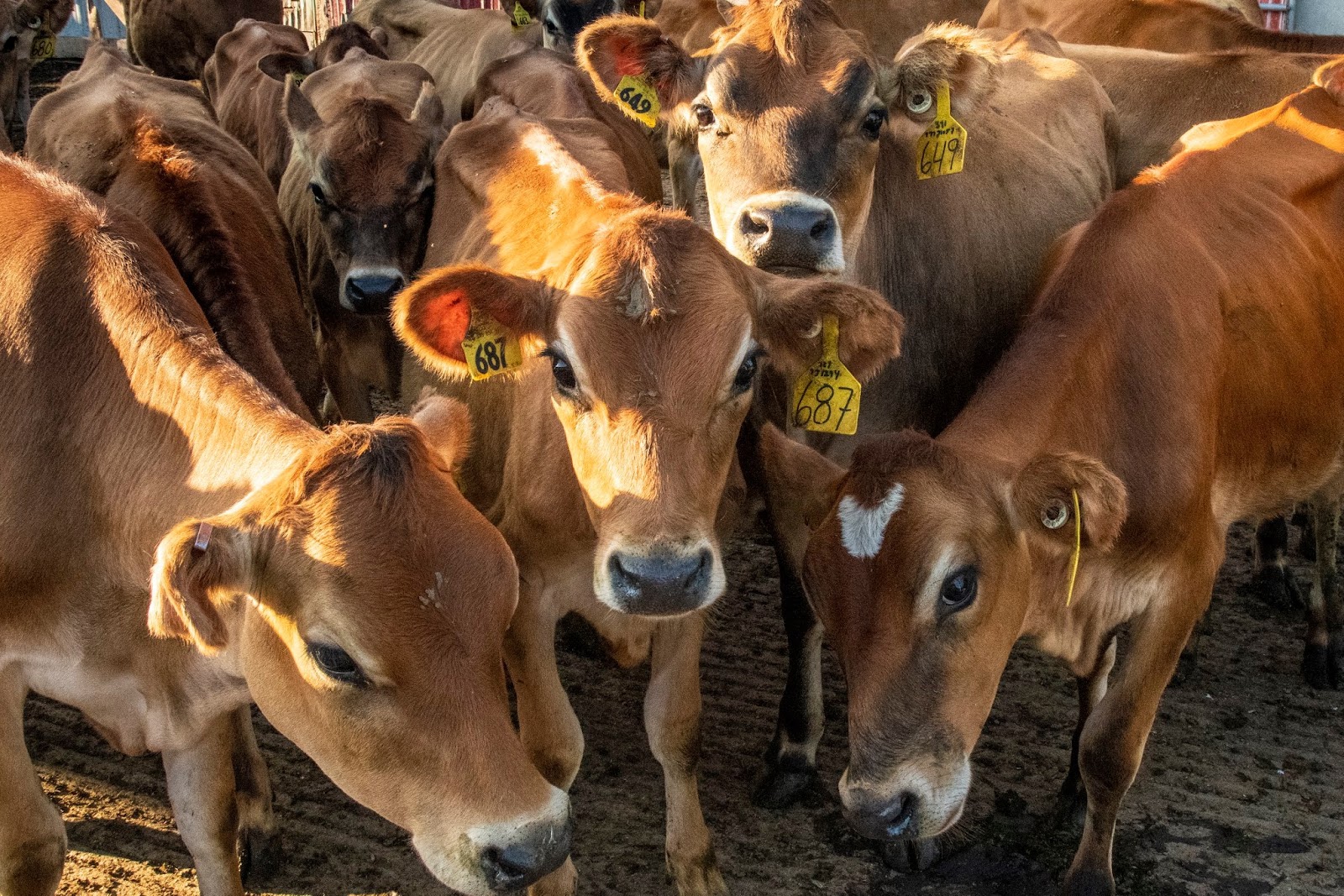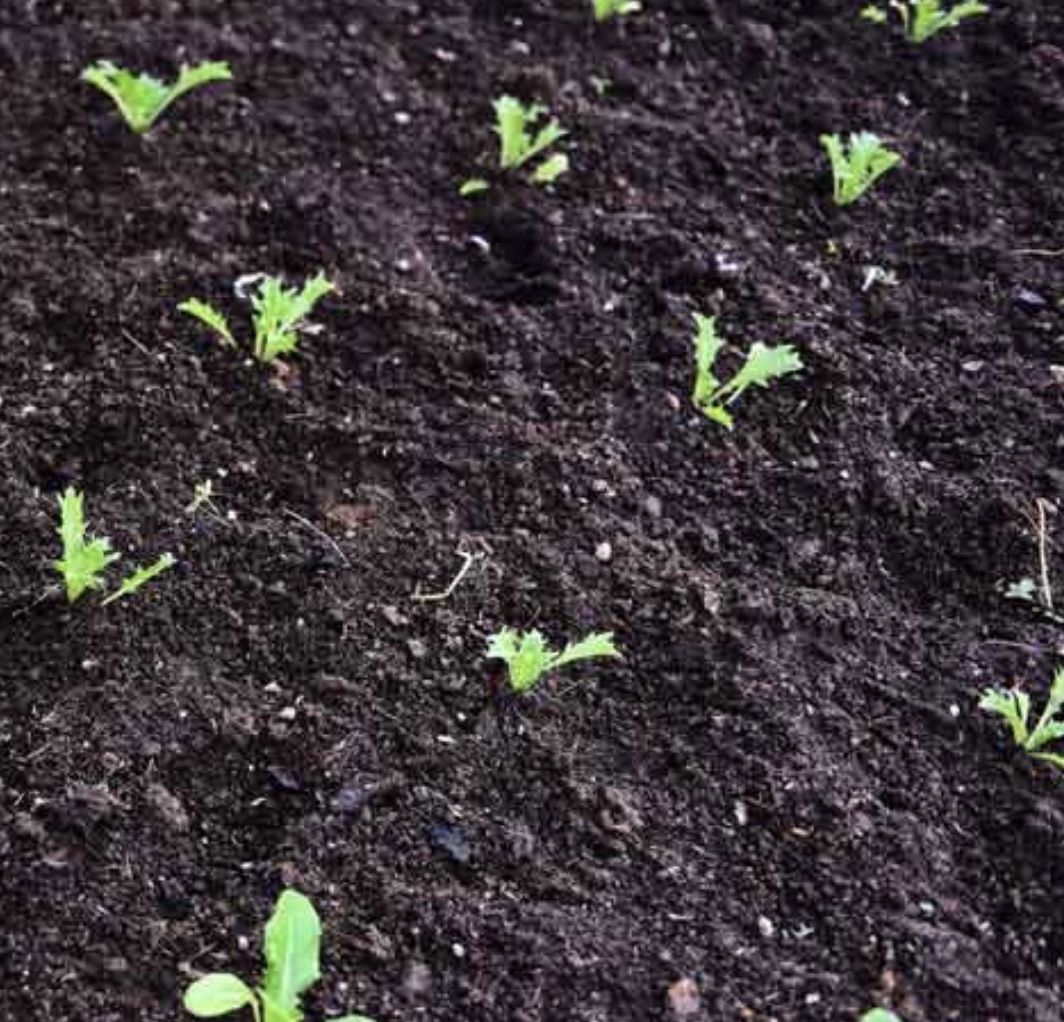The United States Farm Bill is a critical piece of agricultural legislation that is reviewed and passed every five years. Officially known as the Agriculture Improvement Act, the most recent bill was approved in 2018. However, it expired in September 2023, but was extended to Sept. 30, 2024, through a stopgap funding bill in November 2023. An update is currently being debated in Congress.
The bill is composed of 12 legislative pieces that have a massive impact on how food is grown, what types of food are grown, and the livelihood of farmers, large and small. The more than 800-page Farm Bill is vital to all American agricultural producers as it dictates what funding and resources are available to the farming industry.
It also has a tremendous impact on the country’s sustainable future and its natural environment. In fact, the current bill includes $60 billion in mandatory conservation funding.

Photo Courtesy National Sustainable Agriculture Coalition
Every five years, the bill goes through a significant review and update process for each of the 12 pieces, also called titles. Each covers a different area, and the resulting legislation provides about half a trillion dollars in funding for various U.S. Department of Agriculture (USDA) programs.
Programs in the current farm bill include insurance for farmers, healthy food access for low-income families, and support for sustainable farming practices.
The number of areas the bill touches is wide. The 2018 bill touches on commodities, conservation, credit, crop insurance, energy, forestry, horticulture, nutrition, research, and rural development.
That bill cost $428 billion in total funding. The bulk of that funding goes to the Supplemental Nutrition Assistance Program (SNAP), which provides food benefits to low-income families to supplement their grocery budget. The 2018 version is also notable for creating the Dairy Margin Coverage Program. According to the Farm Bureau, the program “provides payments to dairy farmers when the national average income-over-feed cost margin falls below” a specific farmer-chosen price point.

Photo Courtesy U.S. Department of Agriculture
With its tentacles reaching into hundreds of facets of American agricultural, environmental, and sustainable futures — and thus into the interests of countless organizations, political and non-political, it’s no wonder the bill has spent a long time in the revision process.
A new Farm Bill started under review in early 2022, moving through various proposals and debates on both sides of the aisle in Congress. Members of Congress sitting on the Senate and House Committees on agriculture hold responsibility for drafting the legislation.
Once approved and passed by Congress, it will be signed into law by the president.
Agricultural states like California, Texas, Iowa, Minnesota, and Nebraska, which hold a majority of the nation’s farmlands and thus food supply, have a large amount of influence on the policies.
California, with its $51 billion agricultural industry, which provides 50% of the nation’s fruits, vegetables, and nuts, stands to be most affected by Congress’ decisions. The bill’s three major program groups, which include SNAP, crop insurance, and commodities, will be adjusted based on the current economy.
“The farm bill is a critical agenda item that must be addressed this Congress,” a group of 61 lawmakers said in a letter designed to urge the legislative body to move forward on passing an updated bill. “We urge you … to be united in ensuring swift passage of a strong farm bill that is written by farmers, for farmers, and by rural communities, for rural communities — supporting the farm, ranch, and forester families we represent.”

Photo Courtesy U.S. Senate Committee on Agriculture, Nutrition, & Forestry
The Farm Bill is also a key player for conservation programs, which help ranchers and farmers maintain soil quality, improve water quality, and provide healthy and safe places for wildlife.
In fact, most major wildlife organizations consider it the most critical legislation in the country for their work.
The bill is also being tweaked to match the nation’s move toward a carbon-free future, with a focus on clean energy. Current discussions have improved the Rural Energy for America Program, which provides financial assistance to rural business owners to install renewable energy systems.
While the new Farm Bill is in Congress, the USDA announced in September 2023 “that it will begin issuing more than $1.75 billion in emergency relief payments to eligible farmers and livestock producers.” Additionally, the bipartisan Inflation Reduction Act provided more than $18 billion in new funding through “farm bill-authorized conservation programs.”

Photo Courtesy National Wildlife Federation
Overall, a new Farm Bill will affect every state in the Union, how we each get our food, what we eat, and how we conserve and protect American lands.
“We can craft a bipartisan farm bill that aligns the farm safety net with the needs of producers, expands market access and trade promotion opportunities, strengthens program operations to demand transparency and accountability to the taxpayer, and reinforces not only the importance of helping our neighbors in need, but doing so without indiscriminate expansion of our nutrition safety net,” said Rep. Glenn “GT” Thompson, Chairman of the House Committee on Agriculture.





